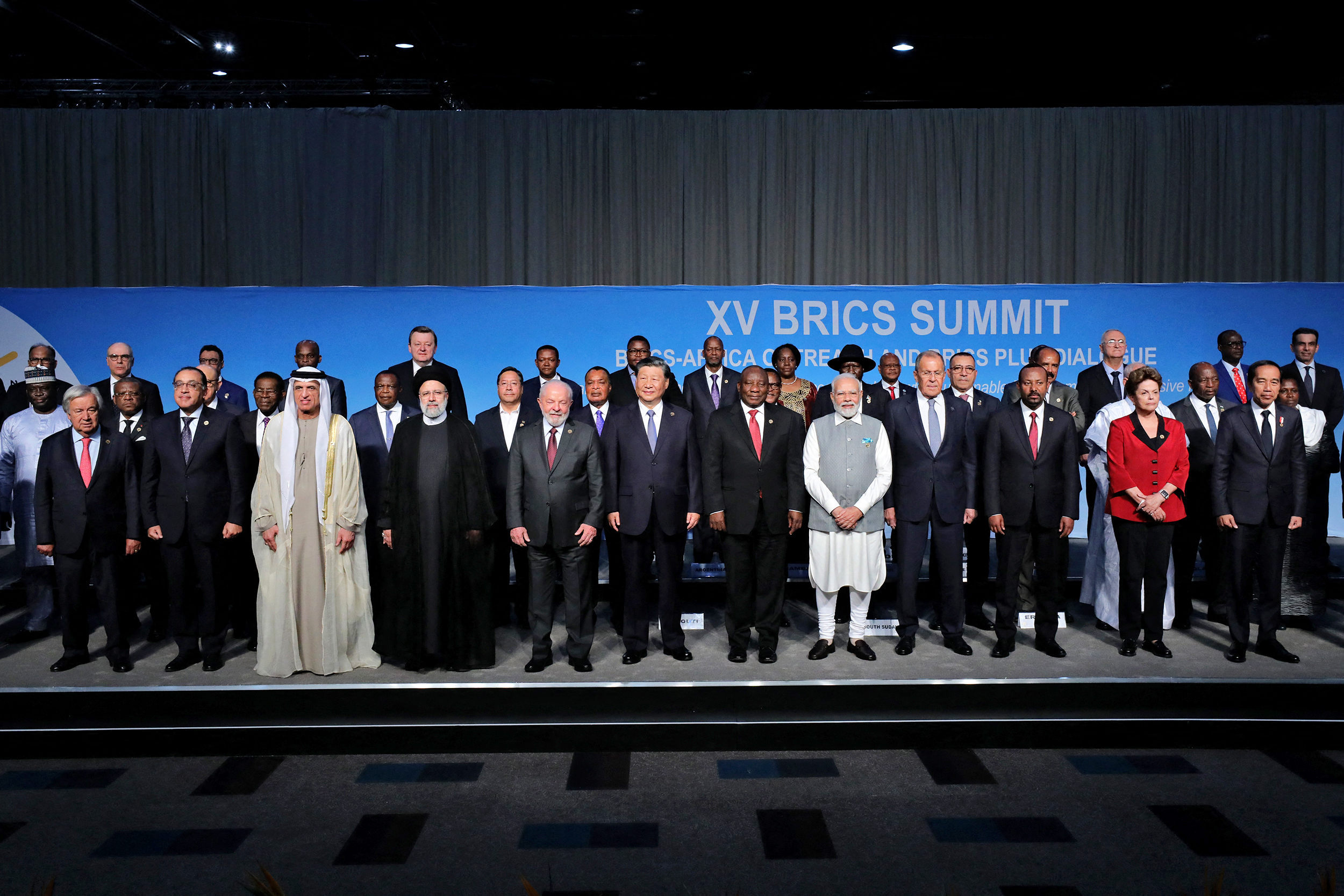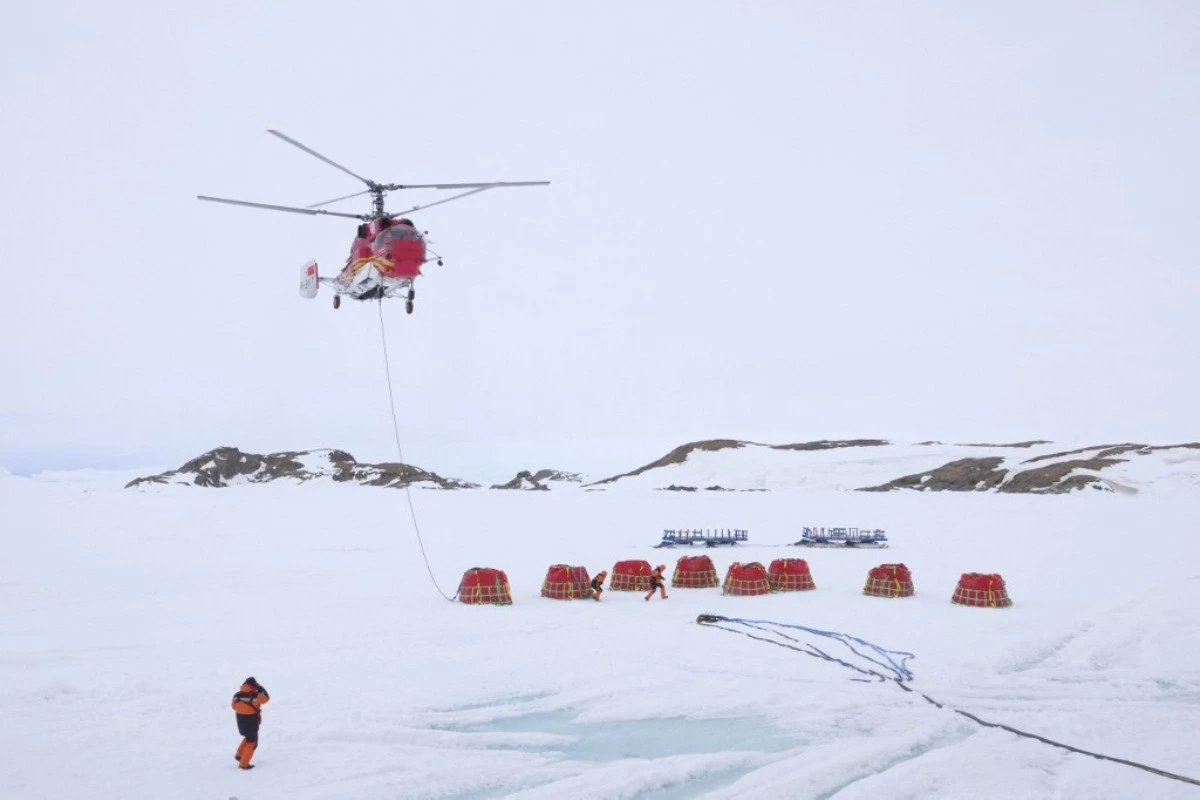

The massive Eurasian continent forms a vast land bridge not only between China and Europe (via Central Asia and Russia) but also between those two and North Africa (via the Middle East). China realised this in designing its initiative but others struggled to embrace the vision.
The countries and continents involved represent major markets, so linking them together by land, whether road, rail, inland waterway or pipeline, makes a lot of sense for freight, travel and tourism. But the Belt and Road Initiative is still far from reaching its potential in this regard.
According to the article, commodity exports, in which Brics is richer now with the addition of oil and gas from the Middle East, can be moved easily by rail or pipeline, as can timber, iron and multiple other minerals from Brics members, especially with many more countries interested in joining the bloc.
Such countries, along with newly-industrialising Saudi Arabia and Egypt, are anxious also to find markets for their increasingly sophisticated manufacturers. Here, again, transport infrastructure is vital.
But infrastructure does not come cheap. New funding sources are needed for the Belt and Road Initiative if China is not to shoulder the financing load on its own, and the initiative could see its financial clout enhanced by the inclusion of Middle Eastern oil exporters among Brics members.
The Belt and Road Initiative lacks an international institutional structure, however, and this is where a breakthrough in thinking could come following the expansion of Brics, Anthony Rowley noted.
If China is to retain fulcrum power within the Belt and Road Initiative and Brics, it will need to diversify ownership of institutions among the growing numbers of member countries, not least with regard to infrastructure. Funding needs alone will demand this, as will the need to coordinate cross-border development.
If Brics members are going to participate actively in belt and road projects, they will need a way to express their wishes and needs via voting participation in a formal institution, which they cannot do at present. Calls for institutional reform within the Belt and Road Initiative would be likely to grow.
There is scope for rationalising the activities of the Belt and Road Initiative itself, Brics’ New Development Bank in Shanghai and the Asian Infrastructure Investment Bank in Beijing, all of which currently seem to exist in parallel universes.
The AIIB and New Development Bank seem to have largely stayed at arm’s length from the Belt and Road Initiative so as to establish credibility as multilateral institutions but relations between China and Western powers have deteriorated to the point where maintaining this semblance of independence may become pointless and establishing more overt links could make sense. The architects of change are at work.

Chinese lawmakers are reviewing a draft law governing activities and environmental protection in Antarctica as the country steps up efforts to strengthen its polar capacity and participate more deeply in global governance of the continent, China Daily reports.

“It’s better to talk for hours than shoot for a second,” warns Harald Vilimsky, MEP of the Austrian Freedom Party (FPÖ), who thinks that the EU should stick to diplomacy rather than confrontation. An FPÖ politician belonging to the Patriots for Europe party family, like Fidesz, believes that Hungary is taking a courageous stand against war rhetoric.